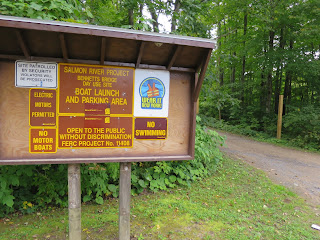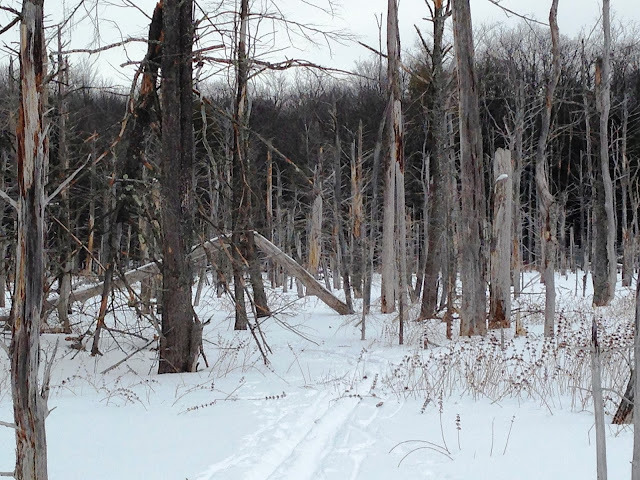 |
| Typical Salmon River King |
An old saying goes: The only things that are certain
are death and taxes.
Well, that adage is due for revision; around these
parts, anyway.
It should claim: The only things that are certain
are death, taxes and Pulaski’s salmon run.
Indeed, the river running through this Oswego County
village has been on the radar of the world’s most enthusiastic anglers for a
couple centuries, now.
Back in the old days the Salmon River was the best stream
in the state for trophy landlocked Atlantic salmon--it was named after them, in
fact.
It’s still the best spot; only now the fishing is
much better.
Atlantics are the first salmon to spawn. Entering
the river in summer, they do their thing and beat it back to the lake. Oh sure,
late bloomers hold off running until
this month, some even wait until November, but their numbers are so few, they don’t
draw much attention from anglers. If they’re caught at all, it’s usually
incidentally.
Kings and cohoes to the rescue. Pacific salmon don’t
start running in significant quantities until mid-September, and when they do, they
storm the river in such numbers you could cross it on their backs…If they
weren’t so slippery, of course.
While it’s well known Pacific salmon stop feeding
when they return to the river to spawn, they will hit a streamer or lure.
Talking heads believe that’s because they’re used to
being the biggest kids on the block. Extremely aggressive to begin with, they
naturally get meaner in route to the spawning beds, striking out at anything
that gets in their way.
The main salmon run stretches through this month,
with stragglers showing up into November…even later.
 |
| Decisions... Decisions... |














